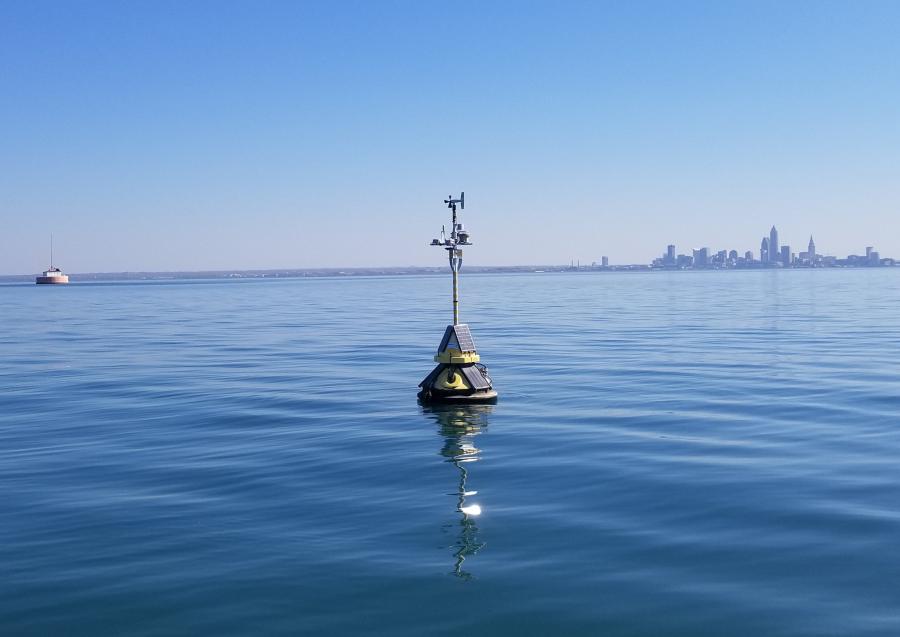Using Past Innovation and Future Technology to Keep Drinking Water Safe

Environmental laws and regulations, spurred in large part by the last Cuyahoga River fire in 1969, have dramatically improved the quality of our nation’s waterways. But as these legacy issues are addressed, new environmental challenges have evolved – ones that are much less visible than a burning river.
Public water systems across the Great Lakes face emerging threats to water quality such as harmful algal blooms and microplastics. Cleveland Water is addressing these issues head-on.
The foresight of city officials over 100 years ago to relocate our water intakes miles out into Lake Erie is a decision that is still making a positive impact on the quality of drinking water today. The location of all four of our water intakes between 3 and 5 miles offshore means the water pulled in from the lake for treatment is less likely to be impacted by land-based pollutants and river runoff.
Because of this, the water our intakes are located in is less likely to experience runoff of nutrient-rich water that can exacerbate harmful algal blooms (HABs). It’s also deeper and colder where HABs are less likely to develop since most blue-green algae that form HABs need warmer water and sunlight to grow.
Deeper and colder water also has a more consistent quality. The more consistent the water is that goes into our treatment process, the fewer adjustments we need to make when we treat the water, and the more consistent and safe the water is when it leaves our treatment plant. Fewer adjustments in the treatment process also help keep costs down.
We don’t rely on the location of our intakes alone. We also use the latest monitoring equipment and technology to ensure our system is operating effectively and to develop proactive strategies for addressing emerging water quality threats.
For example, data from two Great Lakes Observing System (GLOS) buoys helps us to proactively monitor Lake Erie’s water quality. This enables us to anticipate and respond to changes in the lake water quality before it enters our four treatment plants.
The data is also being used to develop a Hypoxia Early Warning System in partnership with the NOAA Great Lakes Environmental Research Lab (GLERL) and the Cooperative Institute for Great Lakes Research (CIGLR). When finalized, it will help predict when and where hypoxic water in Lake Erie will occur and how it moves around the lake. It will also provide drinking water treatment plant managers with an early warning system for hypoxic waters that functions in a similar fashion to meteorological forecasts.
The issue of microplastics in Lake Erie is another emerging concern and one we are on the leading edge of researching. We are currently comparing different testing methodologies for measuring the size and concentration of microplastic particles to see which methodology is best. There are currently no standard test methods and we hope our work will result in a standardized method everyone can use.
Cleveland Water has a long history of using technology and innovation to advance the clean drinking water cause. Moving forward, we are excited to build on this history and ensure we can continue delivering safe and clean drinking water to our customers well into the future.
